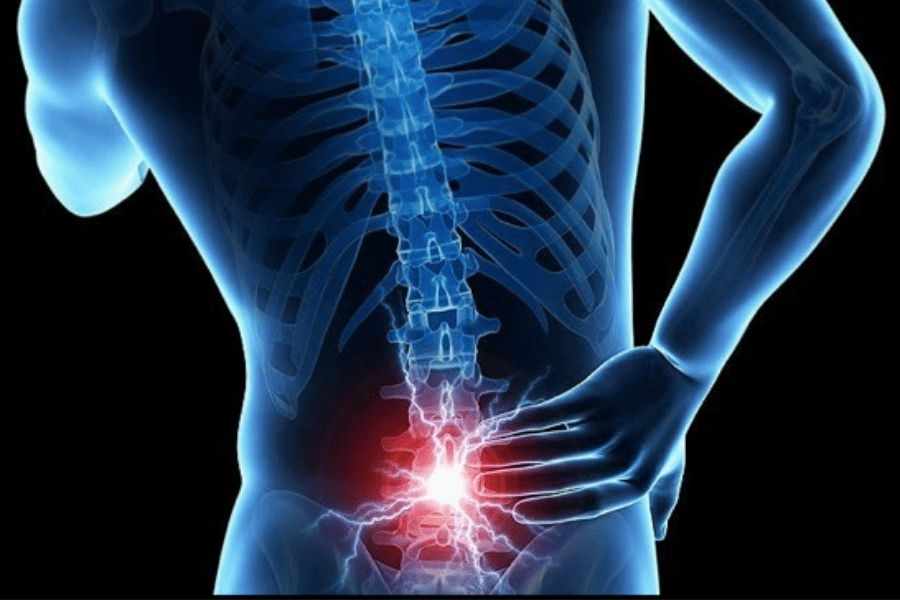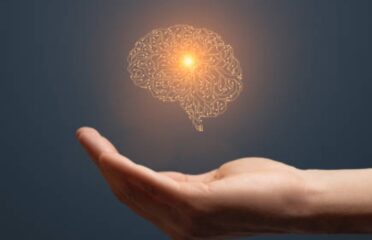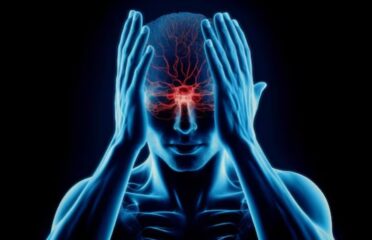Arachnoiditis
Arachnoiditis Overview

Arachnoiditis, characterized by chronic inflammation of the arachnoid mater and subarachnoid space, usually arises due to mechanical, chemical, or infectious factors.
Although rare, healthcare provider must grasp this condition fully, especially the severe variant called adhesive arachnoiditis, which can lead to excruciating pain and substantial disability.
This chronic inflammation disrupts the protective layer surrounding the spinal cord, resulting in nerve irritation, neurological symptoms, and severe pain.
Treatment focuses on pain management, symptom relief, and minimizing further inflammation. Early detection and comprehensive management are crucial for arachnoiditis patients to improve outcomes and quality of life.
Arachnoiditis Symptoms
• Symptoms of arachnoiditis encompass headaches, shooting pain, numbness, tingling, and sensory disturbances like formication.
• Challenges in sitting, muscle problems, neurogenic bladder, bowel dysfunction, and sexual difficulties may occur.
• Symptoms may worsen over time as arachnoiditis progresses, potentially becoming severe or permanent.
• Chronic pain commonly leads to disability, impacting employment and daily functioning.
• Due to their symptoms, Many individuals with arachnoiditis face difficulties in maintaining employment and performing daily tasks.
• Effective management strategies are crucial for alleviating symptoms and improving the quality of life of those affected by arachnoiditis.
Causes & Risks
• Identifying the causes of arachnoiditis can be challenging due to its rarity and various potential sources.
• Symptoms may not manifest until long after the triggering incident has occurred.
• Causes include complications from spinal surgery or multiple lumbar punctures, direct spine injury from accidents, and exposure to chemicals like myelogram dye.
• Infections such as meningitis or HIV affecting the spine can also lead to arachnoiditis.
• Chronic compression from degenerative disc disease or spinal stenosis is another possible cause.
• Lumbar spine surgeries are associated with approximately 90% of arachnoiditis cases, highlighting a common link between surgical procedures and the development of this condition.
Test & Diagnosis
• Arachnoiditis diagnosis relies on clinical symptoms and supportive imaging techniques such as MRI or CT myelography.
• Magnetic Resonance Imaging (MRI) is utilized to detect signs like nerve root thickening.
• Computed Tomography (CT) myelogram evaluates spinal relationships, aiding in diagnosis.
• A Lumbar Puncture may be essential if infection is suspected, providing further diagnostic insight.
• Electromyogram (EMG) assesses nerve damage severity by measuring electrical impulses.
• While no definitive laboratory tests exist, a combination of imaging and clinical evaluations helps in diagnosing arachnoiditis.
Arachnoiditis Treatment
• Arachnoiditis poses significant treatment challenges as an incurable and complex disease.
• Treatment primarily focuses on pain relief, symptom management, and improving patients' quality of life.
• A multimodal, interprofessional approach is recommended, utilizing medications such as NSAIDs, opioids, and adjuncts like duloxetine and gabapentin.
• Additional therapies include physical and cognitive behavioral therapy, biofeedback, and psychotherapy.
• Surgical interventions such as cord release and CSF flow restoration have unclear efficacy and often result in poor long-term outcomes.
• While epidural steroid injections are generally discouraged, they may offer isolated pain relief in some cases. Motorized assistant devices like standing wheelchairs can enhance mobility and address comfort and well-being concerns for those with arachnoiditis.
Living With Arachnoiditis
Complementing your healthcare provider's prescribed plan for managing symptoms and integrating self-care practices is vital for coping with chronic pain and enhancing overall well-being.
Prioritize your health by abstaining from smoking, establishing a balanced daily routine with scheduled rest intervals, maintaining a nutritious diet, participating in regular physical activity, ensuring adequate sleep, and effectively managing stress levels.
These self-care strategies not only contribute to symptom alleviation but also foster a sense of empowerment and resilience in navigating the challenges associated with chronic pain.
Individuals can improve their health outcomes and quality of life by actively engaging in self-care while managing chronic pain.
Complications
• Arachnoiditis, characterized by inflammation of the arachnoid surrounding the brain and spinal cord, presents enduring challenges.
• Chronic, severe pain is a prevalent complication, significantly impacting daily life.
• Nerve damage induces neurological symptoms such as numbness and muscle spasms.
• Lower spinal cord nerve impairment may result in bladder and bowel dysfunction, further affecting daily activities.
• The emotional toll includes anxiety, depression, and decreased quality of life for individuals with arachnoiditis.
• Treatment complexities require multidisciplinary approaches, with varying outcomes and potential risks and complications, ultimately reducing overall quality of life and independence while posing hurdles in effective management.

The Content is not intended to be a substitute for professional medical advice, diagnosis, or treatment. Always seek the advice of your physician or other qualified health provider with any questions you may have regarding a medical condition.
Know more about
Our Healthcare Planner
Personal Health Planner at BNC is a support staff who listens to your concerns and connects you with a Neuro Care provider. They prioritize your needs and create a trusting relationship between you and the provider.
Three fundamental values we can assure you:
1. Personalized Healthcare.
2. Most advanced robotic therapies
3. Transparent pricing





